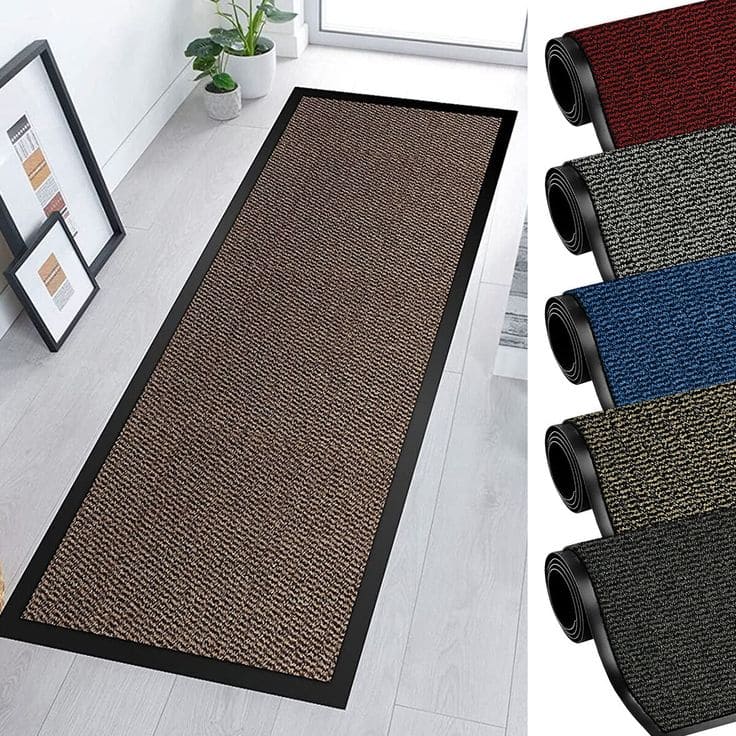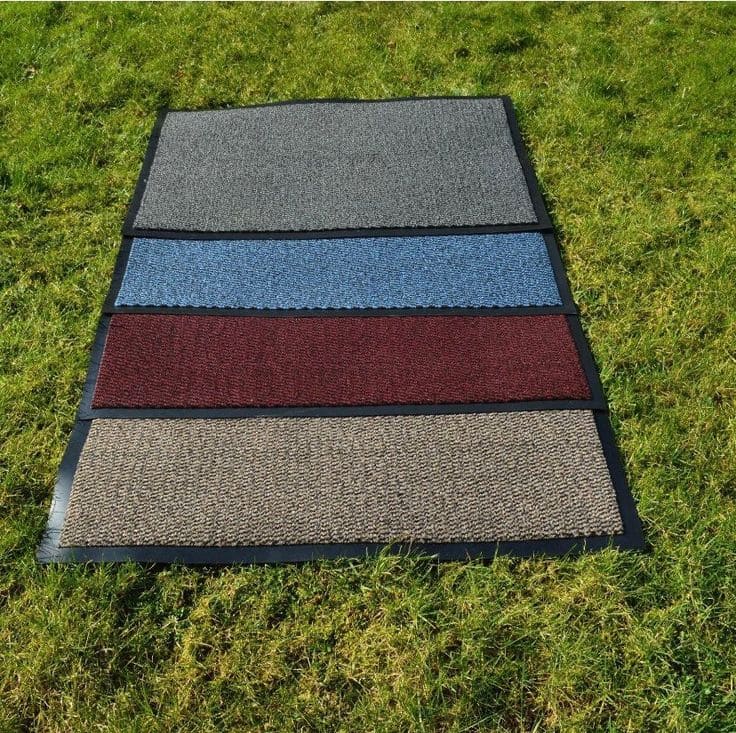
Mats are an essential part of our daily lives, serving various purposes in different settings. From welcome mats that greet us at the entrance of our homes to yoga mats that support us during exercise, these versatile products offer comfort, safety, and protection. However, have you ever wondered about the materials used in mats and how they differ between branded and non-branded options? In this article, we will delve into the world of mats and explore the materials that make them what they are.
Branded mats are often associated with quality, reliability, and a commitment to excellence. Companies that specialize in producing branded mats invest in research and development to create innovative products that meet specific needs and adhere to higher standards. Here are some common materials used in branded mats:
Natural Fibers:
Natural fibres such as coir, sisal, and jute are commonly used in branded mats. Coir, derived from coconut husks, is known for its durability and ability to withstand heavy foot traffic. Sisal, sourced from agave plants, offers excellent moisture absorption and is ideal for doormats. Jute, a plant-based material, supplies a soft and comfortable feel underfoot.
Synthetic Fibers:
Branded mats often incorporate synthetic fibres, such as nylon, polyester, and rubber, to enhance durability and performance. Nylon is known for its exceptional strength and resistance to wear and tear, making it ideal for high-traffic areas. Polyester offers excellent colour retention, making it a popular choice for logo mats and customized designs. Rubber, either natural or synthetic, supplies slip resistance and is commonly used in mats for safety purposes.
Memory Foam:
Memory foam mats are a popular choice for comfort-oriented applications. This material molds to the shape of the body, supplying excellent cushioning and support. Memory foam mats are commonly used in areas where individuals spend prolonged periods standing, such as kitchens and workplaces.

Non-Branded Mats:
Non-branded mats are typically more affordable and cater to a broader market. While they may not carry the reputation and quality assurance of branded mats, they still serve their purpose effectively. Here are some materials commonly found in non-branded mats:
PVC:
Polyvinyl chloride (PVC) is a widely used material in non-branded mats due to its affordability and versatility. PVC mats are durable, water-resistant, and easy to clean, making them suitable for various applications, including outdoor use.
Polypropylene:
Polypropylene mats are known for their excellent moisture resistance and quick-drying properties. These mats are often used in high-moisture areas such as bathrooms and swimming pool decks. Polypropylene mats are cost-effective and offer a wide range of design options.
Natural Materials:
Non-branded mats may also incorporate natural materials, such as bamboo and seagrass. Bamboo mats are known for their eco-friendly nature and durability, making them a popular choice for outdoor settings. Seagrass mats offer a natural and rustic appearance, perfect for adding a touch of warmth to any space.
It’s important to note that while branded mats often prioritize quality and specialized features, non-branded mats can still offer functional and cost-effective solutions. The choice between branded and non-branded mats ultimately depends on individual needs, preferences, and budget constraints.
In conclusion, mats play a significant role in our daily lives, offering comfort, protection, and style. Whether branded or non-branded, mats are crafted from a variety of materials that cater to different needs and preferences. Understanding the materials used in mats can help you make an informed decision when selecting the perfect mat for your specific requirements. So, the next time you step onto a mat, take a moment to appreciate the thought and craftsmanship that went into its creation.
